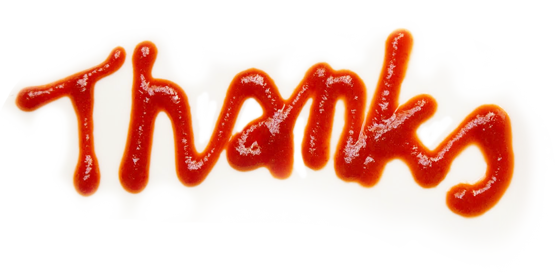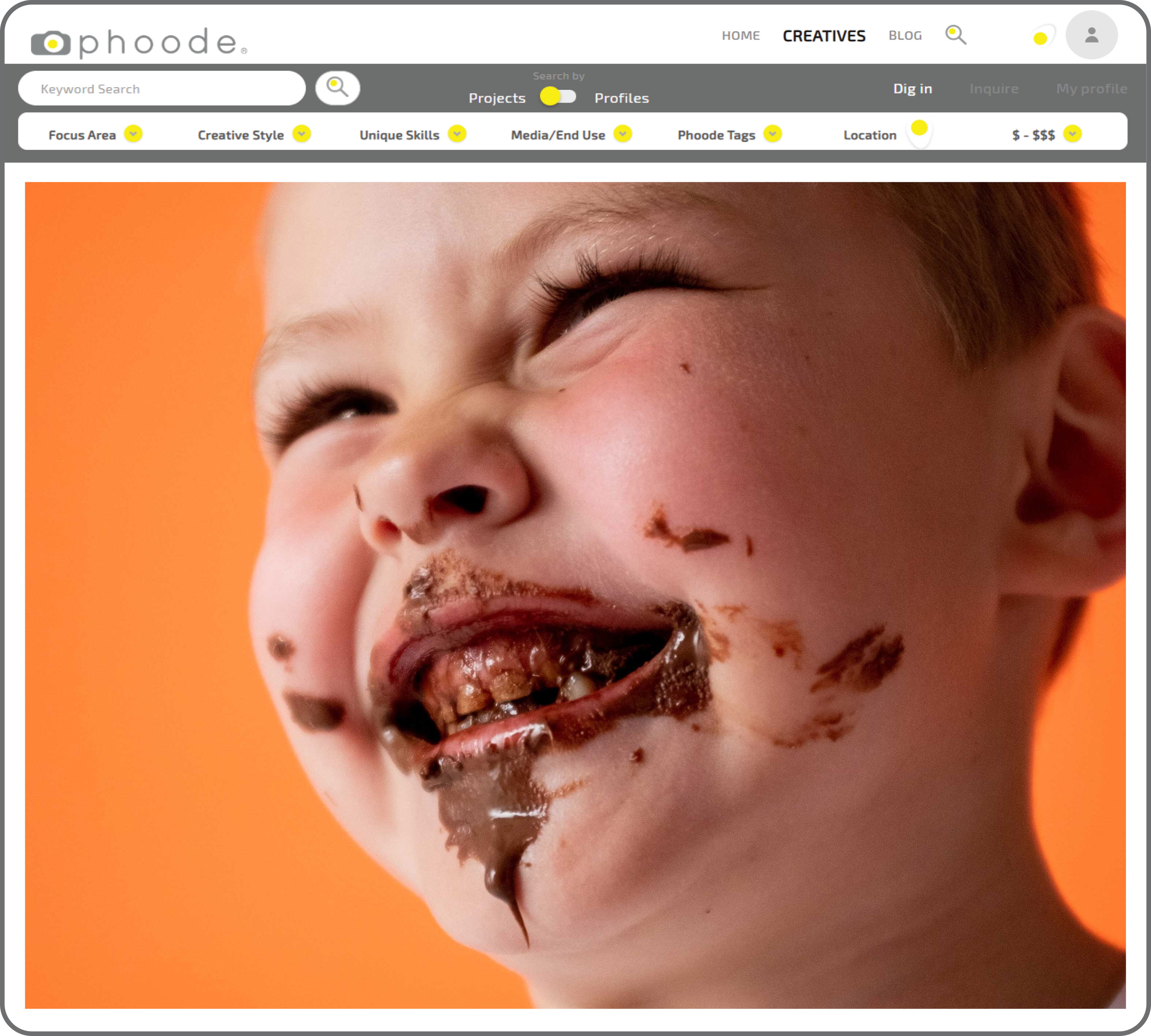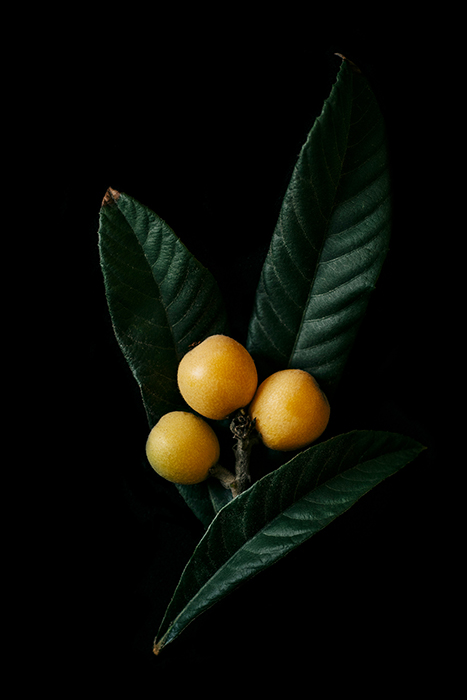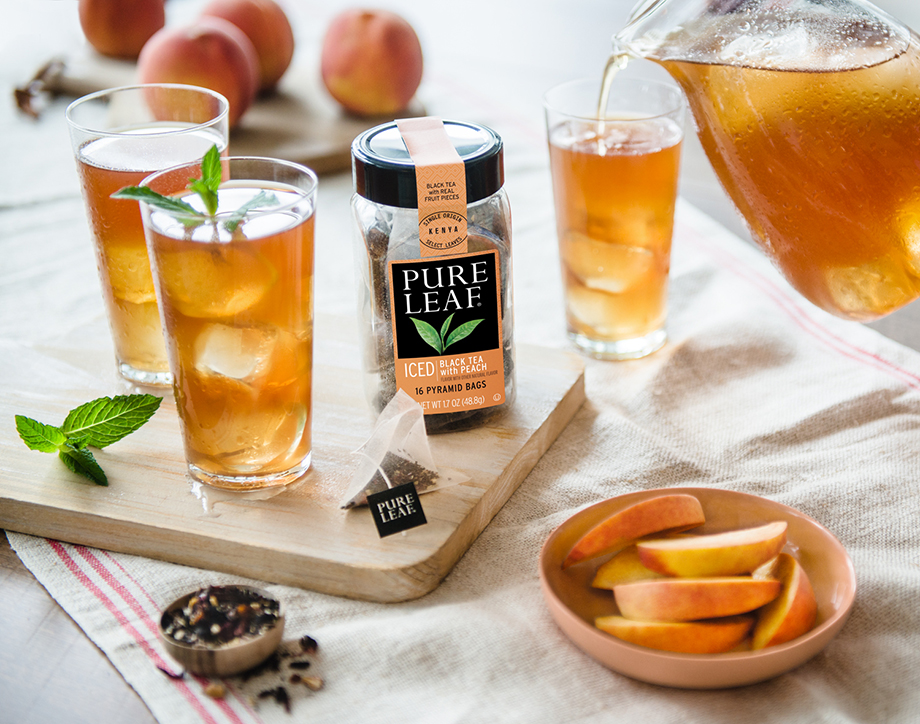Will AI in Food and Beverage Ads Become a Standard Tool?
Picture a dazzling future where a juicy burger ad sizzles onto screens in mere moments, or a frosty cocktail sparkles with icy allure, conjured without a single camera click. For food and beverage brands, photographers, and designers, artificial intelligence (AI) is rewriting the recipe for advertising with mind-blowing magic—whipping up visuals that tantalize taste buds and ignite imaginations. Yet, lurking in this culinary dreamscape is a dash of legal intrigue, ready to spice things up. Welcome to the wild, wondrous world of AI-driven food ads, where creativity knows no bounds, but the law’s keeping a close eye!
AI-generated content is transforming how we craft visuals for everything from Instagram campaigns to Super Bowl spots. But here’s the deal: the U.S. Copyright Office says pure AI creations can’t be copyrighted, and murky licensing issues are stirring the pot. Let’s dig into this deliciously complex landscape, spotlighting real-world examples, industry trends, and tips to keep your brand sizzling—legally.
The Copyright Conundrum: Who Owns That AI Pizza?
The U.S. Copyright Office dropped a bombshell in its Copyright and Artificial Intelligence report (Part 2, January 29, 2025): copyright protection hinges on human authorship. What does this mean for food and beverage ads?

- Pure AI Magic: Fire up Midjourney with a prompt like “pepperoni pizza on a rustic wooden table,” and you’ll get a drool-worthy image in seconds. But it’s not copyrightable. Take the KFC AI ad fiasco from April 7, 2025. Filmmaker David Blagojević used AI tools like Runway to craft a spec ad with crispy chicken and fries, only to face plagiarism accusations on X. Since it was pure AI, KFC couldn’t claim it—even if they wanted to—and rivals could swipe it legally. In an industry where visuals are everything, this vulnerability could flood the market with generic content, diluting your brand’s edge.



- Human + AI Teamwork: Flip the script, and there’s hope. Coca-Cola’s 2024 holiday campaign leaned on AI (likely DALL-E) to generate polar bear sketches sipping Coke. Human designers then added the iconic silver bottle and real ice props, making it copyrightable. The result? A festive ad that aired globally, proving human tweaks can lock in protection. For brands like Starbucks, this hybrid method could safeguard their latte art legacy.
- Why It Matters: Visuals aren’t just eye candy—they’re your brand’s soul. If AI-only images become fair game, imagine a dozen coffee brands recycling the same foam swirl. Brand identity? Poof.
Licensing Landmines: Whose Photos Trained That AI?
AI’s power comes from its training data—billions of images scraped from the web, often including copyrighted culinary shots. This is where things get spicy.
- Legal Gray Zone: Tools like Stable Diffusion have faced heat for using copyrighted material without permission. In August 2024, a U.S. District Judge ruled against Stability AI, after artists proved their work was mined for training. Food photographers could be next. Picture a pro like Peter McKinnon finding his coffee shots fueling AI ads for Starbucks’ rivals. The Copyright Office’s Part 3 report, due later this year, might settle this debate.
- Real-World Risk: Toys R Us’s June 2024 AI ad flop wasn’t food-related, but it’s a warning. Their Sora-generated toy wonderland was slammed as “creepy,” and its pure AI nature left it unprotected. Imagine a smoothie brand running an AI ad with glowing berries—gorgeous, but if the training data is unlicensed, legal headaches could follow.
- Bright Spots: Shutterstock’s raking in $104 million licensing its food-filled library for AI training, as noted in their 2024 earnings. Brands like Nestlé could use these legitimate AI outputs, while photographers cash in. It’s a win-win brewing.
Food and Beverage Challenges: More Than Meets the Eye
AI isn’t just a tech toy—it’s a double-edged sword for food and beverage pros:
- Brand Identity at Stake: Coca-Cola’s frosty bottle or Starbucks’ green straw? Sacred turf. If AI images can’t be copyrighted, competitors could mimic them, muddying your vibe. Picture five coffee shops using the same AI latte art—consumer confusion is guaranteed.
- Authenticity Cravings: In 2025, foodies want realness. AI can nail hyper-realistic burgers, but glitches like a neon smoothie scream “fake.” Contrast that with Shake Shack’s human-shot campaigns—real patties, real grease, real copyright protection. Consumers trust what feels human, and AI’s still catching up.
- Regulatory Heat: The FDA doesn’t mess around with health claims. An AI smoothie that oversells the real thing could trigger scrutiny. If it’s not copyrightable, a shady rival could repurpose it for a knockoff, too.
What’s Next? A Tasty Future Awaits
The AI recipe is still simmering, but here’s what’s on the horizon:
- Legal Clarity: The Copyright Office’s Part 3 report could mandate licensing for training data, pushing AI firms to ink deals with photographers. Costs might rise, but so will peace of mind.
- Legislation: The Generative AI Copyright Disclosure Act might force AI companies to spill their data beans, empowering creatives to license—or block—their work.
- Hybrid Hype: Brands like Coca-Cola are already testing AI mockups, then handing them to pros for the final pour. Efficiency meets protection—a win-win.
Your Playbook: Navigating AI Like a Pro
Here’s how to wield AI without burning your fingers:
- Vet Your Tools: Stick to platforms like OpenAI with licensed data. Skip legal hot potatoes like Stability AI until they sort it out.
- Mix in Human Flair: Use AI for a base—like a cocktail shot—then let a stylist add garnishes and a photographer tweak the vibe. Copyright secured, authenticity intact.
- Go Original for Big Wins: For that Super Bowl ad, commission a pro. It’s a slam dunk for brand integrity.
- Stay Sharp: Watch the Copyright Office and lawsuits. The rules are shifting—don’t get caught flat-footed.
The Final Bite
AI in food and beverage advertising is a feast of possibilities—faster campaigns, wild creativity, lower costs—but it’s served with a legal twist. Pure AI visuals can’t be copyrighted, leaving your brand exposed while training data scandals loom large. Yet, the future’s bright if you play it smart. Hybrid workflows blending AI and human genius are the sweet spot, keeping your ads fresh, legal, and true to your roots. So, Phoode fam, what’s your take? Will AI become the secret sauce of food ads, or will legal hurdles keep it on the back burner? Drop your thoughts—we’re all ears!









